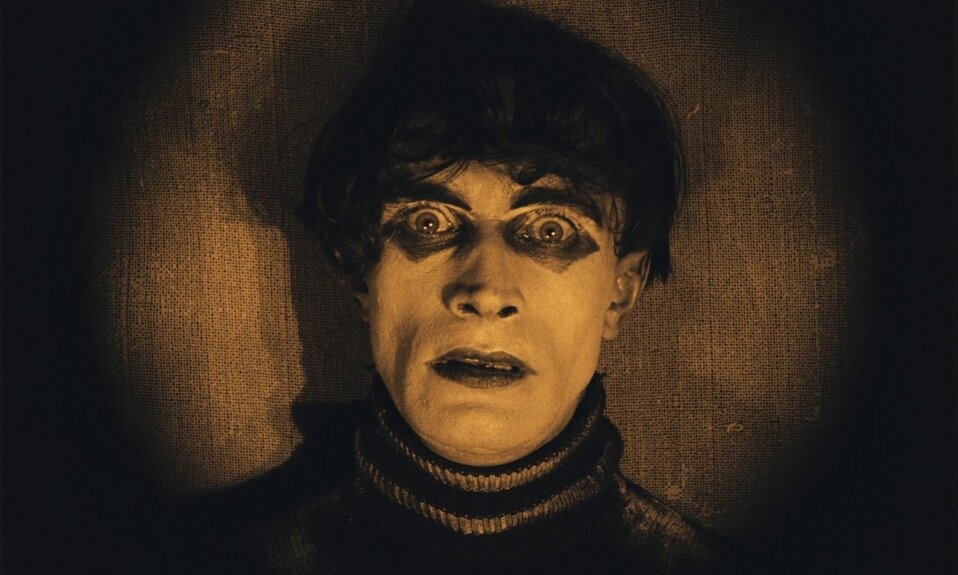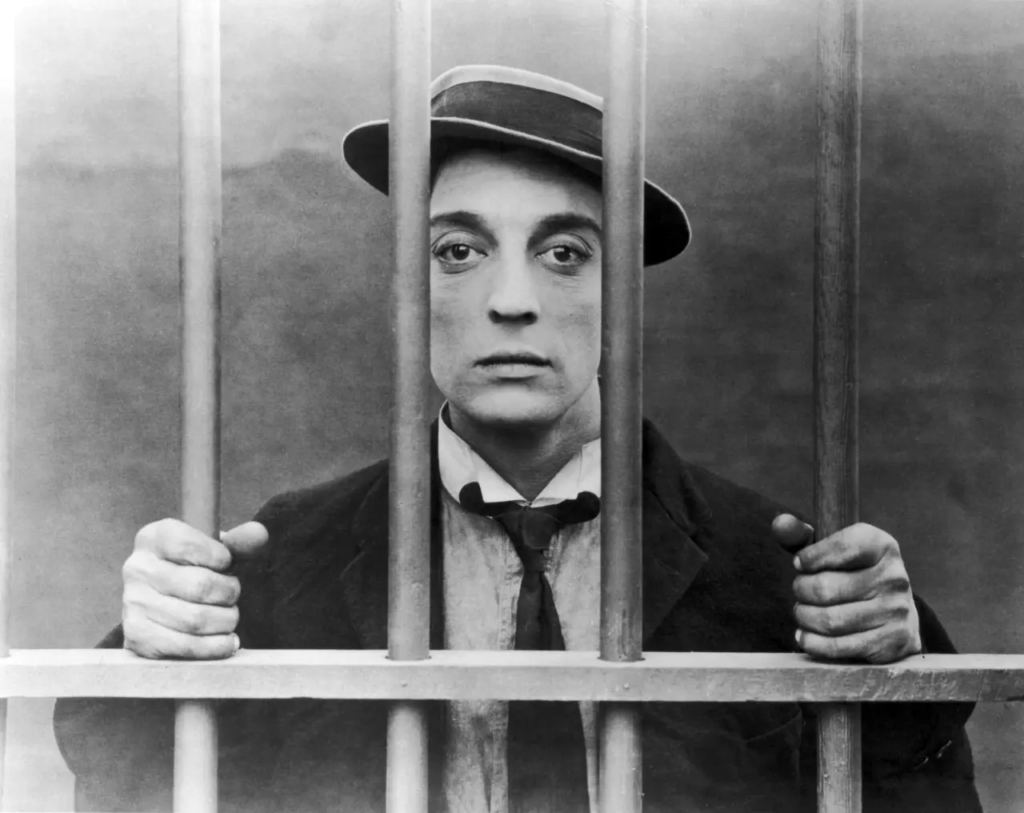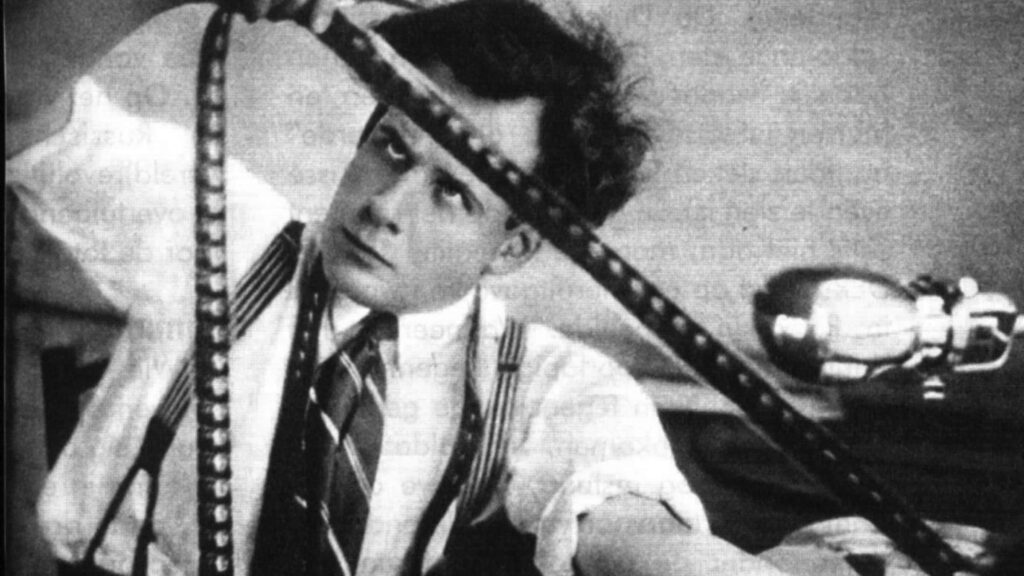German Expressionism was a film movement that emerged in post-World War I Germany. It brought a highly stylized and surrealistic approach to filmmaking. It explored psychological themes and social issues, using distorted visuals to express emotions and inner turmoil. Films from this movement featured distorted sets, exaggerated performances, and atmospheric lighting. It influenced genres like film noir.
The German Expressionist movement had a significant impact on filmmakers worldwide. Even contemporary directors like Darren Aronofsky, David Lynch and Tim Burton have incorporated expressionist elements into their films. However, it’s important to note that they blend these elements with their own unique styles and are not confined solely to the expressionist style.
To explore the German Expressionist movement, make sure to watch the iconic films “The Cabinet of Dr. Caligari” (1920) and “Nosferatu” (1922).


These silent classics truly capture the essence of the movement. You’ll be fascinated by their unique set designs, with distorted angles and a sense of unease that reflect the characters’ troubled minds.
The dramatic lighting, shadows, and exaggerated makeup heighten the psychological impact, while the surreal and dreamlike elements blur the line between reality and fantasy.
By watching these two films, you’ll gain valuable insights into the German Expressionist movement and you will be able to identify it’s impact in today’s cinema whenever you see one.



